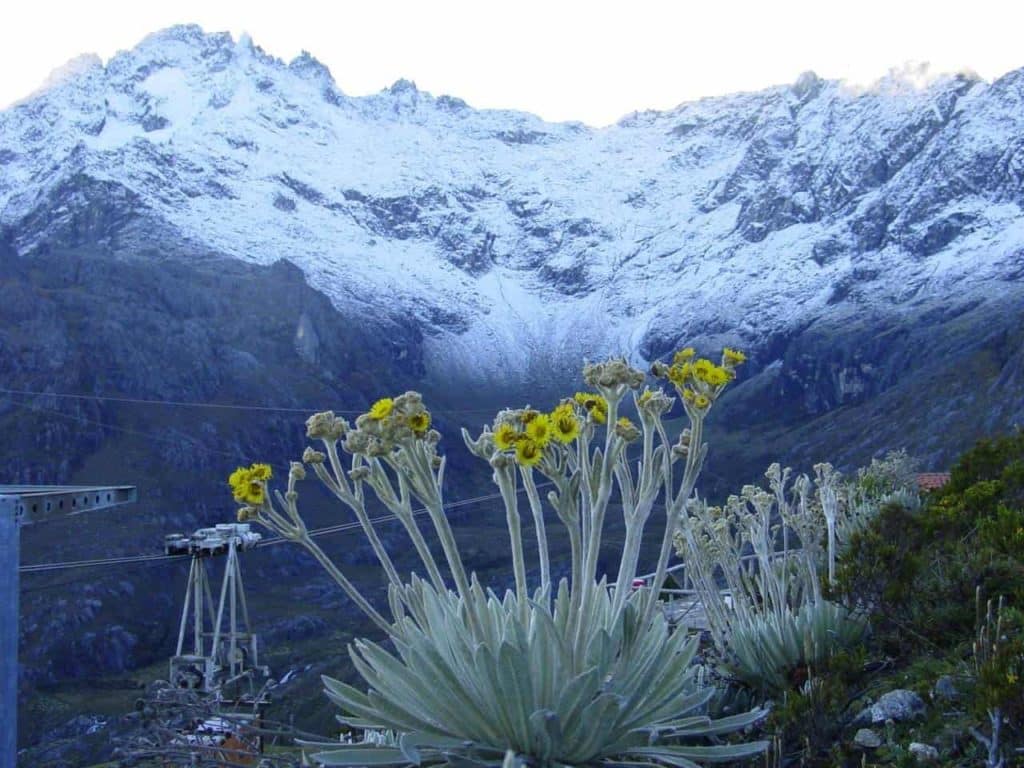Landscape photography is all about waiting for the right moment, one that combines all the elements you need to take that perfect shot to exhibit later in your living room as
photo canvas print, a gallery or even your blog.
It’s actually quite the opposite from taking pictures that capture people or moving objects when you have to seize the moment or you’ll lose that frame forever. Instead you’ll arm yourself with patient to choose the best angle and perfect light that will give you that unique picture you envisioned before it even happened.
But which factors make or break a good landscape photo?
We decided to explain the most important things you need to consider when taking a landscape picture and how they can help you with your vision of that perfect frame.
1. Choose the Right Time of the Day
Professional photographers know when to shoot a landscape, those hours in the early morning or late afternoon are perfect to obtain a quality result, due to the sun’s position in the sky it will give you less contrast and beautiful shades.
2. Pick the Appropriate Lens
In this type of photos field depth is a must, choosing a lens that will give you a larger DOF should be a priority.
3. Compose Your Photo
Instead of taking a bunch of different pictures right away, take time to observe your subject. Look at your surroundings, its elements and pick which ones you want to use in your composition.
4. Use a Tripod
Nothing is worse than downloading your pictures to your computer only to find out that not a single frame can be used for printing it on stretched canvas, because they’re slightly out of focus or not completely still.
5. Choose a Focal Point
Using the rule of thirds will help you drive attention to one particular item in your composition, however you can also place your subject in unexpected positions within your frame, as long as maintains its status.
6. Think of Different Perspectives
Dedicating time to observe and visualize what you want in your picture can help you give a twist to an otherwise average or plain scenery.
7. Work in RAW Format
RAW maximizes the quality of your pictures and it will allow best edition quality with professional software to work on all your takes at once.
8. Always Take the Weather Into Consideration
Always check on the weather report before going to a location and plan ahead. Sunny days don’t always make the best sceneries, different variations such as rain, storms and rainbows just to name a few, may present a unique opportunity for a photo-shoot.
9. Use Filters According to the Time of Shooting
There are two basics you need in your kit for landscape photography: polarizing filters to avoid reflections and increase color, saturation and intensity. And a neutral density filter to diminish the amount of light that will pass through your lens without losing sharpness or the colors of the scene.

10. Add the Sky or a Foreground to the Mix
Besides a focal point in your picture, you also need additional elements to make your composition whole. Add an interesting sky or combine foreground pieces to give your photo a dramatic touch. Never leave your focus point stand by itself or it’ll lose its shine and become boring.
By following these simple tips you can be certain that all the elements of your composition will be covered and you’ll use them according to your own view. Can you tell us which ones are you already following and which others you never thought of including? Let us know in the comments below.
